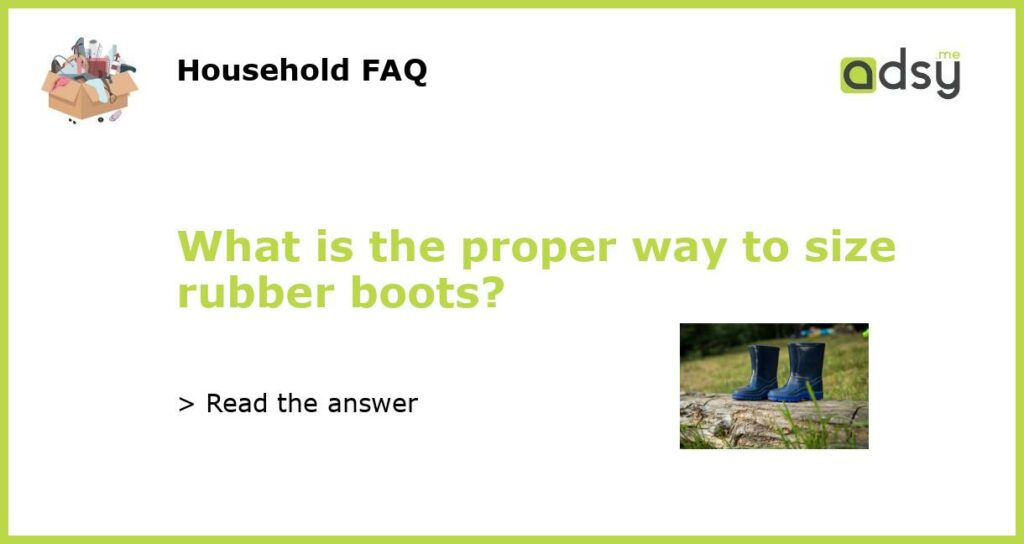Why Sizing Rubber Boots is Important
When it comes to choosing the right rubber boots, proper sizing is crucial. Ill-fitting boots can lead to discomfort, blisters, and even foot problems. Whether you’re using rubber boots for work, outdoor activities, or just to keep your feet dry in wet conditions, finding the right size is essential for comfort and performance. Here are some guidelines on how to properly size rubber boots.
Know Your Measurements
Before purchasing rubber boots, it’s important to know your foot measurements. Start by measuring the length of your foot from the heel to the longest toe. You can do this by standing against a wall with your heel touching the wall and placing a ruler or tape measure on the floor, measuring to the tip of your longest toe. Next, measure the width of your foot by placing the measuring tape or ruler at the widest part of your foot. These measurements will help you determine the correct size of rubber boots to look for.
Check the Sizing Chart
Once you have your foot measurements, refer to the sizing chart provided by the rubber boot manufacturer. Different brands may have slightly different sizing guidelines, so make sure to check the specific brand’s chart. Typically, the sizing chart will correlate your foot length and width measurements to a specific boot size. It’s important to note that some rubber boots come in whole sizes only, while others may offer half sizes or even multiple width options. Take this into consideration when selecting the appropriate size.
Consider the Sock Thickness
When sizing rubber boots, it’s important to consider the thickness of the socks you will be wearing with them. If you plan to wear thick wool socks during colder months, you may need to size up to accommodate the additional bulk. However, if you’ll mainly be wearing thin or regular socks, sticking to your measured foot size may be sufficient. Keep in mind that having some extra room in the boot allows for better air circulation, which can help prevent moisture buildup and keep your feet dry and comfortable.
Try Them On
While measurements and sizing charts provide a helpful starting point, it’s always recommended to try on the rubber boots before making a final decision. Everyone’s feet are unique, and what may work for one person’s measurements might not be ideal for someone else. Visit a store that carries the specific brand or style of rubber boots you’re interested in and try on a few different sizes. Walk around in them, bending your knees and ankles to ensure a proper fit. Remember, your heel should not slip, and your toes should have enough wiggle room without feeling cramped.
Caring for Your Rubber Boots
Once you’ve found the perfect size, it’s important to care for your rubber boots to prolong their lifespan. After each use, rinse off any mud or dirt with water and a soft brush. Avoid using harsh chemicals or abrasive materials that can damage the rubber. Allow the boots to air dry completely before storing them in a cool, dry place away from direct sunlight. Applying a rubber conditioner or protectant can also help maintain the flexibility and integrity of the rubber material.
By following these guidelines and properly sizing your rubber boots, you can ensure a comfortable fit and enhance your overall outdoor experience. Whether you’re tackling a muddy job site or enjoying a rainy day hike, well-fitting rubber boots will keep your feet happy and dry.






